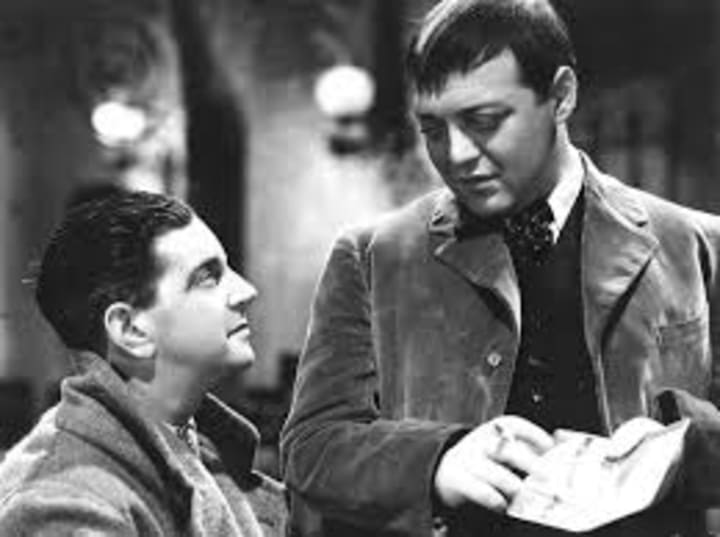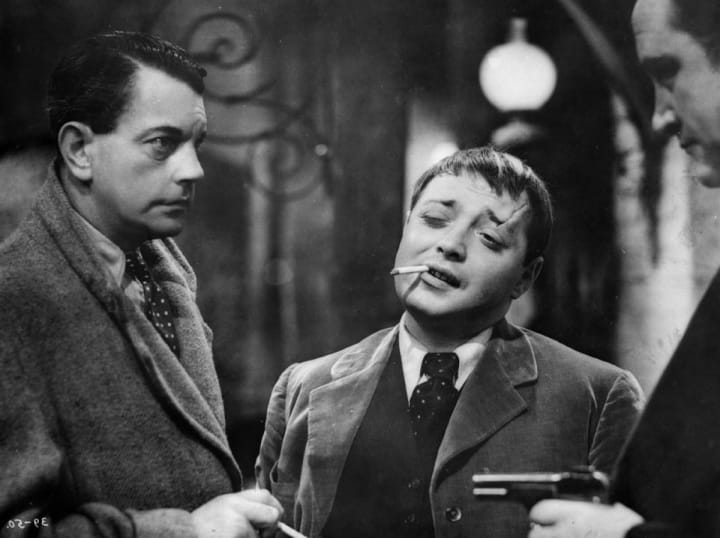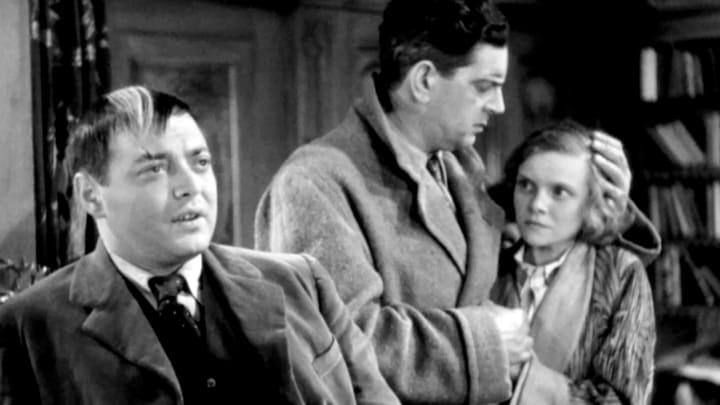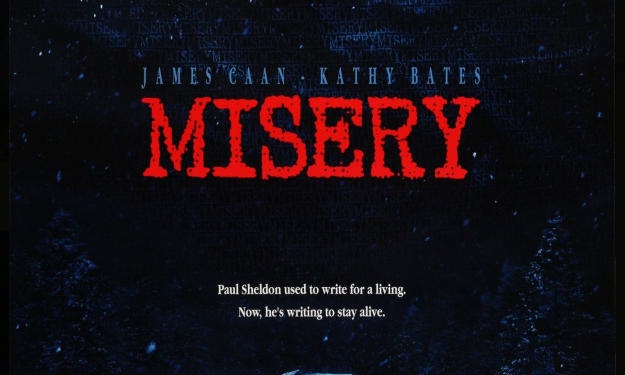A Filmmaker's Guide to: "The Man Who Knew Too Much" (1934)
An Appreciation of Cinema (Pt. 26)

In this chapter of ‘the filmmaker’s guide’ we are going to explore some of the films that have changed our outlook of the possibilities in cinema in some way, shape or form. These can include, but are not limited to: revolutionary cinematography, narratives that challenge the social structure and the common view, trademark styles of auter cinema, brilliant adaptations of novels and other works, films of philosophical value and films that touch our hearts and souls with their incredible underlying messages and morals. Within each of the films in this chapter there is a certain something that makes them special and a certain something that makes them linger long after we have watched them for the first time. Lasting impressions are difficult to create, but I think that the films we will briefly touch on in this chapter are some of the films we will never ever forget.
The Man Who Knew Too Much (1934) dir. by Alfred Hitchcock

The amount of times I have seen this version in comparison to the remake is something I really don’t want to admit to you. Personally, this version sits better with me because whenever I watch it, I think of the fact that this was initially what Hitchcock wanted to see. The film of the 30s feels a bit more noir, a bit messier and less clean-cut than the James Stewart and Doris Day remake version. The latter is a good version, but the original will always be the one that I think of when someone refers to the film. It’s like when someone mentions the “Batman” movies, your mind automatically goes back to the Keaton/Nicholson era before you’re reminded of the fact that the conversation is on the Bale/Ledger era. The same basic concept.
One thing I love about this film is the grittiness of it. It is a true gritty noir and really, that’s why I think they should have cast Cary Grant in the lead role for the remake rather than James Stewart. I find Cary Grant better at doing gritty noir. However, this film has one thing that makes gritty noir well worth watching and that is a legend called Peter Lorre. He’s freaking brilliant as an actor and I think that he really did perfect the role of the antagonist in human form. Rather than portraying an actual monster, Lorre perfects the ‘human monster’ and it has developed throughout cinema history to this day. His character, Abbott, is harsh and careless, he is brutal with words and actions and he carries himself with an air of tension almost all the time, he watches his back. His megalomania is almost uncontrollable in the film and the sociopathic rage he swallows is written all over the character’s body language. It was a similar performance he started working with as Hans in Fritz Lang’s “M” (1931). If you watch the films made throughout his wonder years, I think you’ll see him perfecting this character more and more. Personally, I think one of the roles he perfected this properly was as Cairo in “The Maltese Falcon” (1941).

Another thing that seems to strike me as important about this film is the way it presents the shoot-out scene to us. A lot of the viewer’s perspective of the scene is happening from above. No, it isn’t a Bird’s Eye View, instead it’s an odd shot as if we too are hiding along with the characters. We are atop a building with a slight crane down, watching various moments where gunfire is opened and people scurry into the shops and buildings to the right and left of the empty street. It is something that I love rewinding to in the film because it’s an amazing scene.

Perhaps those who may be among us tonight for the first time and who have not yet come initiated into the mysteries of the first circle of the seventh old ray, may be wondering what is going to happen now. I would tell them, before proceeding to the mysteries, which are only for the initiate, it is of course necessary for the minds and souls of us all to become purged and to be made clean. I'm therefore going to ask anyone here, who is not in tune with us, to submit to a very simple process of control - merely place him or herself under the guidance of the fourth circle. Is there anyone here tonight who would care - perhaps you?
- Nurse Agnes, “The Man Who Knew Too Much” (1934)
About the Creator
Annie Kapur
200K+ Reads on Vocal.
English Lecturer
🎓Literature & Writing (B.A)
🎓Film & Writing (M.A)
🎓Secondary English Education (PgDipEd) (QTS)
📍Birmingham, UK






Comments
There are no comments for this story
Be the first to respond and start the conversation.